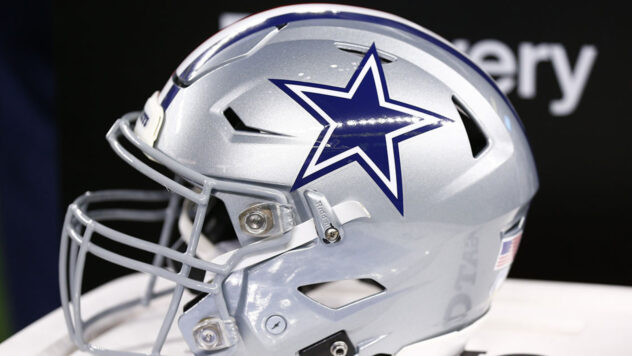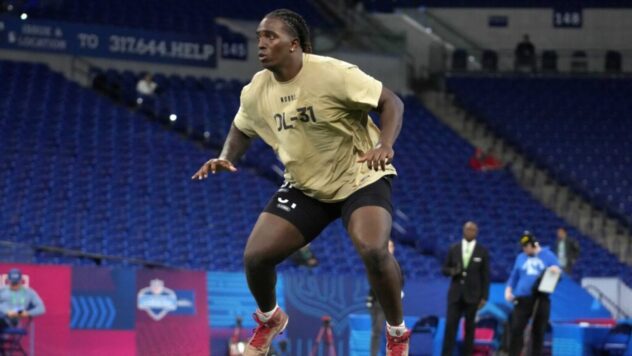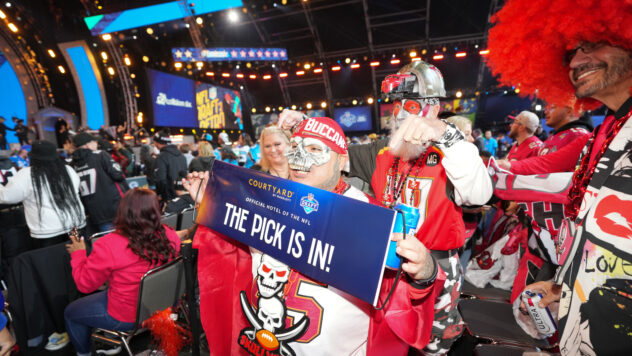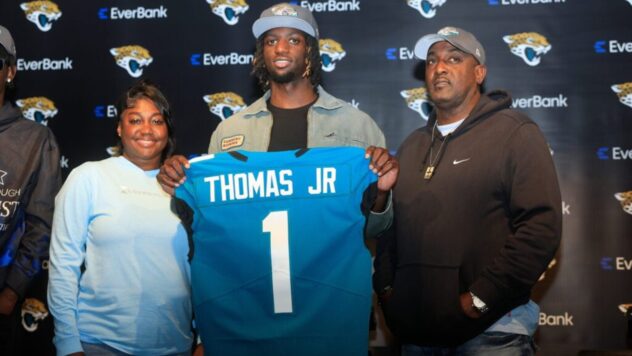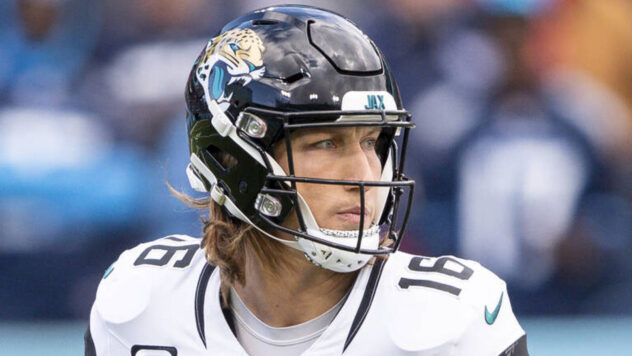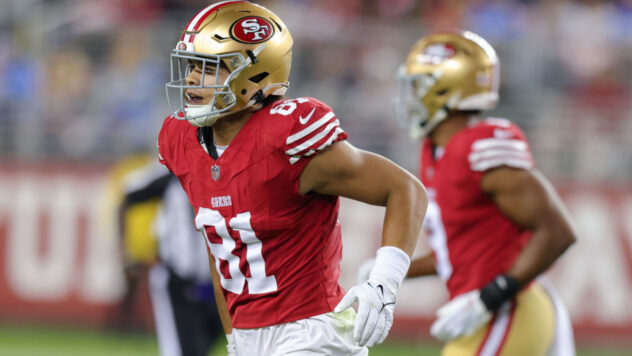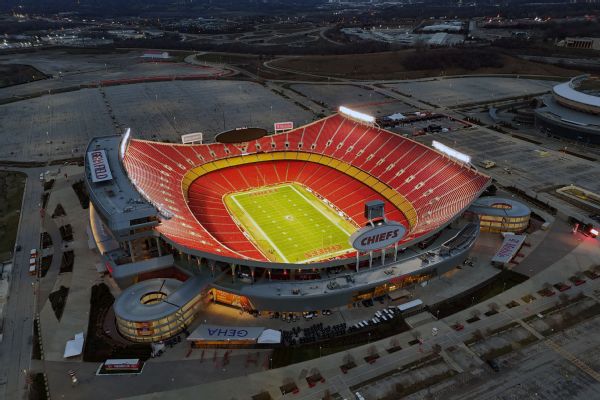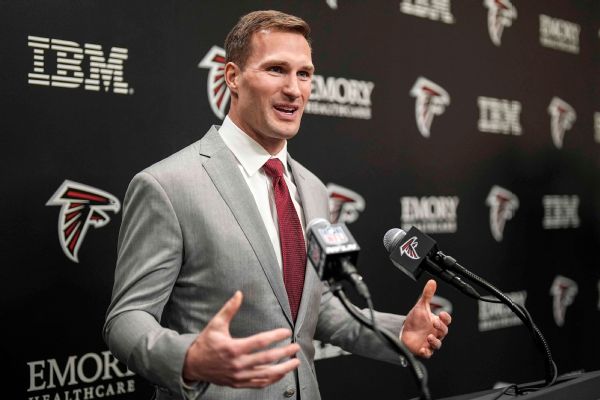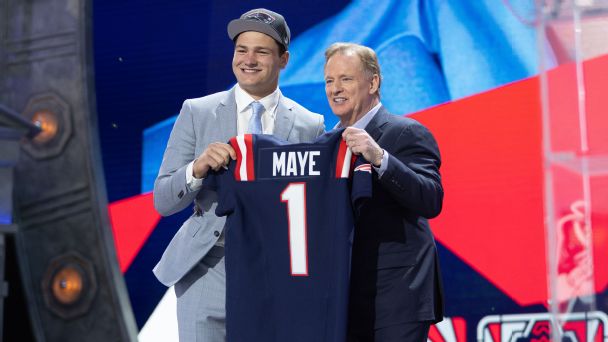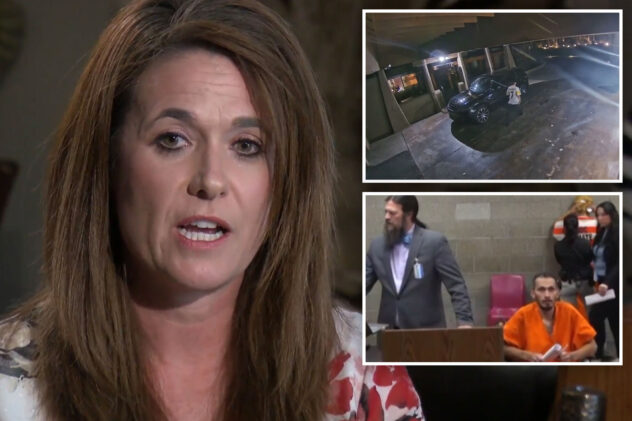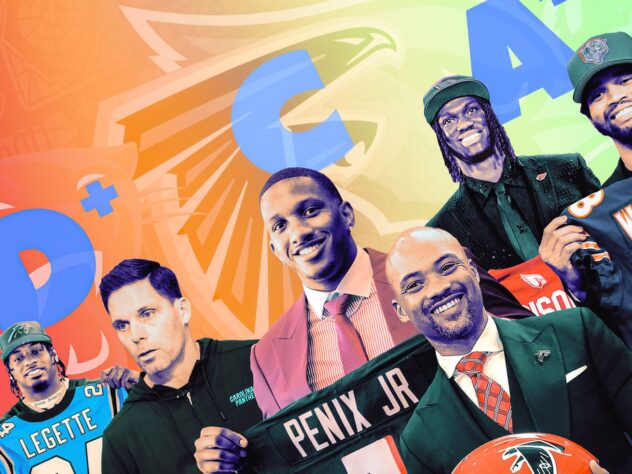Bowles’ Bucs Defense: Same Philosophy, New Wrinkles, Big Results
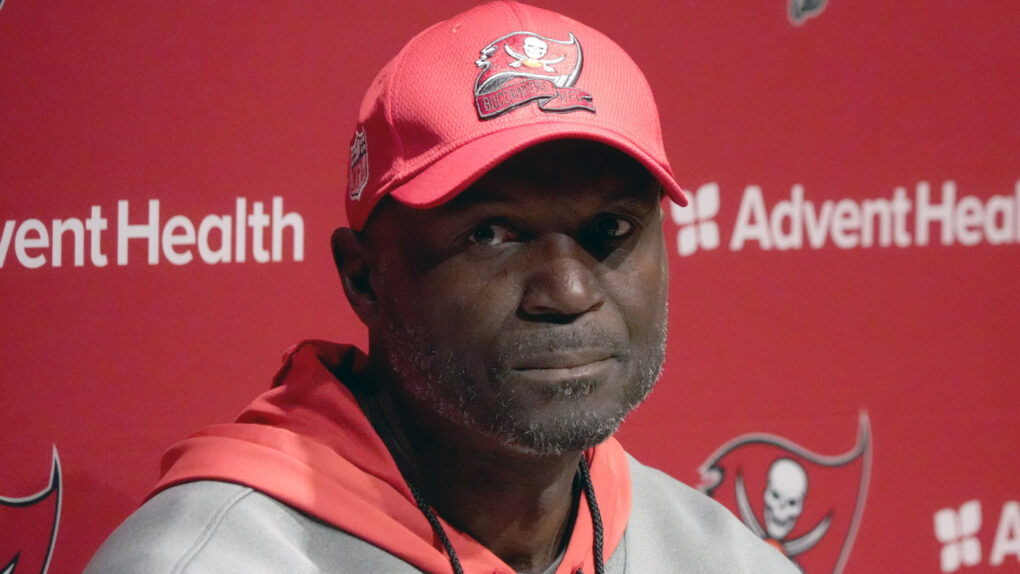
Is Todd Bowles a good head coach?
He had the unique luxury of inheriting a team one year removed from a Super Bowl victory. The Tampa Bay Buccaneers’ 29-10 cumulative record over the previous two seasons is a far cry from what new head coaches usually step into. And with the impressive record came one of most complete rosters in the league – including the literal GOAT of the game’s most important position. And yet, through 10 weeks, Bowles has led them to an underwhelming 5-5 record.
He deserves criticism for questionable lineup decisions. He didn’t put Nick Leverrett into the starting lineup until an injury to Luke Goedeke forced his hand. Leonard Fournette has played the vast majority of snaps at running back when it’s been clear since the early weeks that his rookie backup, Rachaad White, is the superior player. Cade Otton’s reps withered with the return of veteran tight end Cam Brate despite the disparity in production and play.
We can speculate whether Bowles is responsible for worsening the Bucs’ famous play sequencing issues. He wouldn’t be the first defensive coach who thought his offensive coordinator should run the ball more.
And if we want to really be reckless with conjecture, maybe Bowles bears blame for the Bucs’ – at times – “embarrassing” on-field effort. Perhaps Bruce Arians’ pink-faced, wildly-gesturing, spit-and-slur madness was married to a method that evoked greater effort from players. And maybe Bowles, whose visible emotions range from the frustration of hitting consecutive red lights to the joy of receiving a $20 tax return, is failing to inspire the same results. (A theory, while fun, too speculative for my tastes.)
But, the Bucs defense – the unit that Bowles unequivocally answers for – has balled out. They’ve conceded just 18 points per game, trailing only the Broncos and the Bills. They’re fifth in both sacks per game and yards allowed per game. They’re ninth by EPA/play. Kenny Pickett/Mitchel Trubisky tag-team converting third-and-long after third-and-long and former XFL player PJ Walker looking like a Hall of Famer aside, the Bucs defense is impressive by just about any metric (and note that they only gave up 20 and 21 points, respectively, in those two games).
Bowles’ Philosophical Roots
As always, Bowles’ defense is rooted in its who’s-coming-who’s-not, confuse-and-clobber style. Present a perplexing picture pre-snap and force the quarterback to process for a tick longer than he typically does post-snap.
Because third downs are when that complexity is usually unleashed, Bowles keeps it comparatively simple on early downs. The idea is to limit explosives and do anything possible to get to third down. In previous years, that meant an all-out emphasis on stopping the run. Five men on the line plugging up space and a safety walked down into the box. The strategy paired so well with the personnel that opponents stopped running the ball altogether.
In 2021, opposing offenses passed the ball against Tampa Bay on league-high 63 percent of neutral first downs. And given how much more efficient passing is than rushing, enticing offenses to throw more worked largely to the Buccaneers’ detriment. While they were the fourth most efficient defense against the run by EPA/play in those situations, they ranked 22nd against the pass. Opponents took advantage of the big bodies and five-man rushes with short, quick passes to the flats.
Or even worse, teams gashed the Bucs with play-action chunks. This play from the 2021 Divisional Round is a quintessential example of their “old” philosophy. Stay in base at all costs (even if the opponent is in 11 personnel), send five, and play Cover 3 behind it. The Rams had too much speed on the field for the Bucs to keep up. And one of the weaknesses of Cover 3 is that play action can compress the defense’s layers. Prompt the line to play aggressively, suck in linebackers with the play fake, and attack the huge void between the second and third level. That’s exactly what the Rams did.
Bowles’ Adjusted Approach
Bowles’ plan to get to third downs by stopping the run above all else on first down backfired in 2021. In 2022, he changed his approach. He’s now more inclined to play sub-packages on first downs. He’s featuring more run-favorable looks across all downs, including even fronts and the occasional (gasp) early down light box. The new plan has worked.
This season, opponents’ neutral first down pass rate has plummeted to 47 percent. That’s 16th amongst all defenses. With the reallocation of defensive resources, the Bucs’ effectiveness against the pass has spiked dramatically, as they now rank as the fourth best neutral first down pass defense in the NFL. The most impressive part: they’re still the fourth-most efficient neutral first down run defense.
Here’s an example from Week 9 of the 2022 season. The Rams are, again, in 11 personnel on first down. But this time, the Bucs counter with nickel with four designated rushers.
Put simply, because of these changes, the Bucs went from the 19th ranked neutral first down defense in 2021 to easily the league’s best in 2022. The Bucs are leaner and faster. Gone are space eaters Ndamukong Suh and Steve McLendon. And Vita Vea has moved from predominantly being a head-up nose tackle to the strong side three technique.
The reduction in five-man fronts is a big reason why the Bucs’ blitz rate has come down to digestible levels. Since Bowles came to Tampa Bay, the Buccaneers’ blitz rates have been 43.4 in 2019, 39.0 in 2020, 45.4 and 2021. All of those figures are completely out of control. In 2022, he’s toned that down to 29.4 percent. Having seven players in coverage rather than six has gone a long way to bolster the Bucs’ secondary.
The decrease in blitz rate hasn’t stifled Bowles’ creativity, though. He’s still playing the who’s-coming-who’s-not game, but he’s just dropping one of the would-be pass rushers unexpectedly into coverage.
Even though the Panthers got a completion on the above play, this is a diabolical defensive design.
Let’s start up front. Bowles aligned his defense in an under front with two wide nines thus prompting Carolina to use a four-man slide pass protection to the defense’s right. In a post-snap twist, Joe Tryon-Shoyinka drops into coverage, Rakeem Nunez-Roches and Vea slant down, and safety Keanu Neal – the surprise fourth rusher – comes flying through untouched in the B gap as the Panthers right guard Austin Corbett slides in the opposite direction. On the back end, Bowles gets into Tampa 2 with a funky change-up where cornerback Jamel Dean is one of the two deep half players.
JTS Is Unlocking New Tools
Tryon-Shoyinka has been a frequent drop-into-coverage candidate. Through 10 games, he already has 50 coverage snaps. In all of last season, Tyron-Shoyinka had just 65 snaps in coverage. It’s not the percentage of snaps in coverage that has changed, it’s just that he’s playing more with the departure of Jason Pierre-Paul.
JTS has been terrific doing it, too. Sometimes he’s the seventh coverage player thus allowing a second-level player, like Devin White, to pass rush without reducing numbers in coverage. Other times, Bowles will catch opponents off guard by only sending three pass rushers and using Tryon-Shoyinka as the eighth man in coverage.
Every factor here affects the other. The more Tryon-Shoyinka can drop into coverage, the more White can be a pass rusher. White isn’t necessarily a skilled pass rusher in terms of beating blocks, but he does have game-wrecking speed when the scheme creates an opening for him. Against Seattle, White pass rushed on 10 out of his 52 snaps (19 percent) – his highest percentage of the season.
He’s a unique point-and-shoot player, and it seems like Bowles is figuring out how to get the most out of White. He’s at his best as a downhill pass rusher, a horizontal defender against runs or screens, or as a pipe player in Tampa 2. All areas where his speed can shine. He’s far less effective as a hook, curl, or flat defender who’s susceptible to conflicts via opposing route designs or as a run stopper between the tackles.
That’s where Lavonte David shines. Sure, the veteran linebacker is slower than he once was. But jeez, does it even matter when he plays like he’s clairvoyant? The way he relates to routes is unbelievable. He’s patient, he’s disciplined, and he’s usually the smartest player on the field. His role is largely unchanged, but I couldn’t write about the Buccaneers’ defense without taking a few sentences to heap praise on David.
New Roles In Defensive Backfield
In the secondary, Jamel Dean has taken a significant step forward and established himself as an equal to Carlton Davis III. Bowles even trusts Dean as the one-on-one backside cornerback against trips formations – a role typically reserved for Davis. Dean didn’t shut DK Metcalf down in Munich, but that’s DK Metcalf. Dean did, however, play well – even when he was truly left one-on-one while the coverage played five-over-three on the opposite side.
The final personnel piece to this puzzle is Antoine Winfield Jr. He has largely made his mark as a post safety in this middle field closed defense. It’s a tough position that requires discipline, anticipation, and speed – all areas in which Winfield excels. Earl Thomas dominated within the Legion of Boom defense playing a similar role.
To move Winfield away from that is an almost mind-boggling move, but it’s allowed Bowles to field his best players – positions be damned. Winfield hasn’t been a terrific coverage player as the nickel cornerback, but he’s been good enough. It keeps Mike Edwards and Keanu Neal (or Logan Ryan before injury) on the field and Sean Murphy-Bunting on the sideline.
It’s also got Winfield out of his naturally conservative element by putting him closer to the line of scrimmage, at times even using him as a pass rusher. Through the first 11 weeks of the 2022 season, Winfield is Pro Football Focus’s highest-graded safety when rushing the quarterback. He’s also got three sacks on the season so far.
Another tweak on this defense is that Bowles seems more inclined to present the light box, two-high pre-snap picture that’s all the rage in the NFL in recent seasons. That doesn’t mean he has to play a middle field open coverage. The Rams – a team notorious for their pre-snap two-high looks – live in Cover 3, using it on over 60 percent of their defensive snaps (the league average is below 40 percent). This allows safeties to play from depth. Let them come downhill rather than having to backpedal. It also changes the picture for quarterbacks after the snap, especially when they turn their back for a play fake. Bowles isn’t doing this anywhere near as much as the Vic Fangio/Brandon Staley-influenced teams, but it’s been an added element nonetheless.
What’s Next?
Whether Bowles is head coach material is still to be determined, but he has been an elite coordinator this year. And that’s almost an unfortunate conundrum for the Bucs. If they finish the season barely above .500 and make a quick playoff exit, let alone if they do even worse, what does the organization do? Finding a new head coach while keeping Bowles as a defensive coordinator is damn near unfathomable. But is it possible to fire a coach for his team underperforming as a whole when the unit he controls most is excelling?
I’m not saying this is the best defense in the league or anything. But Bowles’ week-to-week game plans and play-calling have been stellar. He clearly diagnosed weaknesses from past years. He knows that, in 2022, he can’t stop the run at the expense of stopping the pass, and he also can’t blitz opposing quarterbacks, especially elite ones, at ridiculous rates anymore.
So, what’s missing? For all his prowess as a defensive coordinator, is Bowles limiting this team – especially this offense – as a head coach? I don’t know.
But I do know this: if Bowles and the rest of this defense maintains this excellence, and if Byron Leftwich and Tom Brady show signs of life on the other side, the Buccaneers can flip the switch in a big way.
Those are huge ifs. But if that happens, this would be the league’s scariest team in January.

